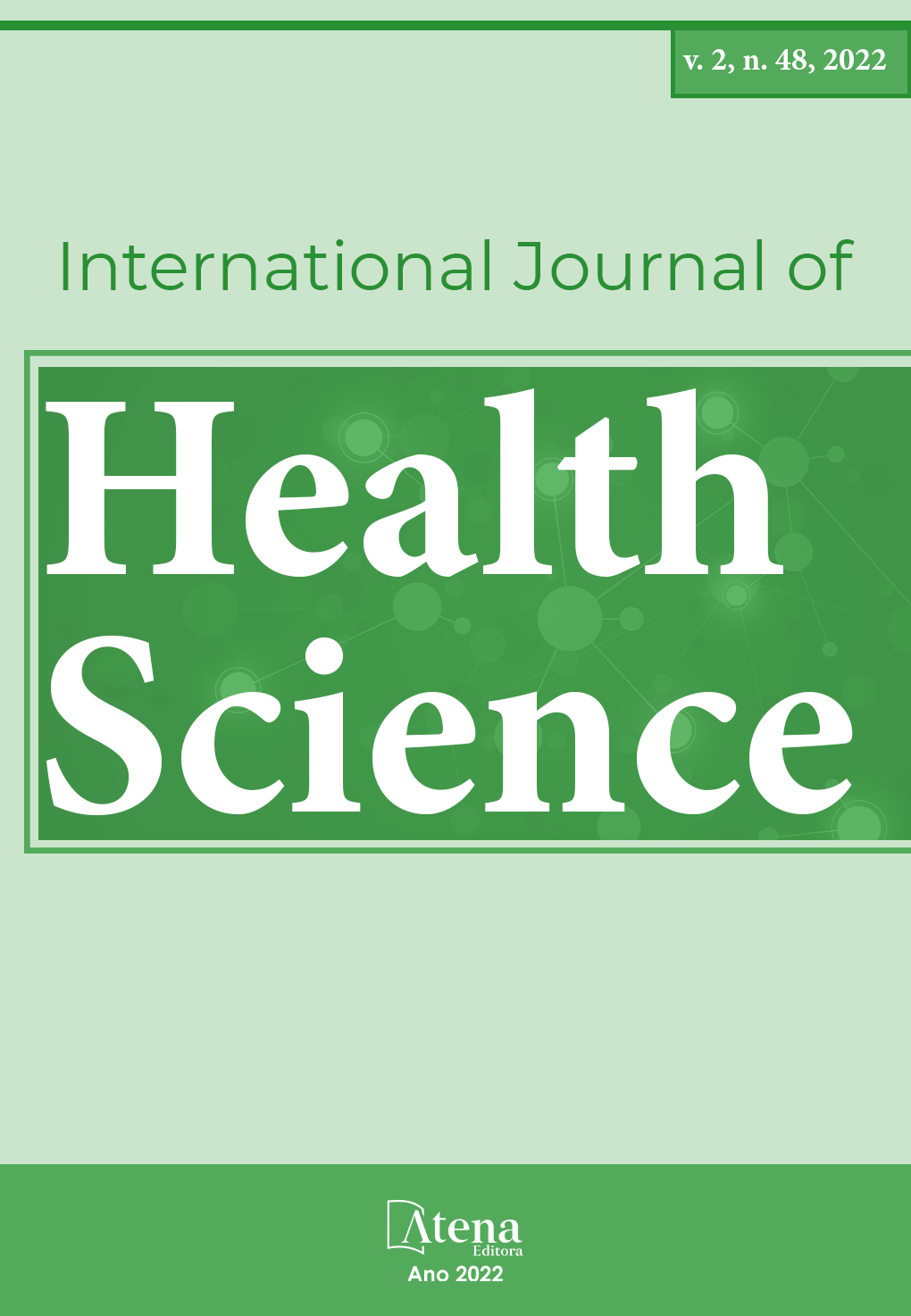
EFFECT OF AQUEOUS EXTRACT OF LEAVES OF KALANCHOE PINNATA IN THE HEALING OF SKIN WOUNDS IN WISTAR RATS
Kalanchoe pinnata is a species widely used in folk medicine in Brazil and other parts of the world. In Brazil, it is included in the list of plants of interest to the Unified Health System (Renisus). Goal: To evaluate the effect of topical application of aqueous extract of Kalanchoe pinnata in the healing of skin wounds on the back of rats. Methodology: 20 mice were used (Rattus norvergicus), of the Wistar lineage, adults, males, acquired by the study institution (UNINOVAFAPI). The animals were submitted to the production of a cutaneous wound on the back and randomly divided into three groups: Control Group (CG), consisting of 06 animals submitted to daily cleaning of the wound with saline solution; Standard Group (GP), consisting of 07 animals treated with Trofodermin® (clostebol acetate/neomycin sulfate); and Extract Group (EG), consisting of 07 animals treated with the aqueous extract ofKalanchoe pinnata. Healing was evaluated by macroscopic analysis of the evolution of the appearance of the lesion and measurement of scar retraction of the wound by digital planimetry, as well as by histological study on slides stained with hematoxylin-eosin (H.E.) considering the parameters of inflammatory cellular elements, including collagenization and re-epithelialization. The project was approved by the Ethics Committee in the Use of Animals of the Centro Universitário UNINOVAFAPI (opinion nº _0002/15). Result: AThe mean area of the skin wound at the end of the treatment was significantly smaller in the EG when compared to the CG. The histological findings confirm predominantly complete epithelialization in the EG, with significantly lower infiltration of mononuclear cells (p=0.008) compared to the other groups, that is, in the healing process of the EG there was a predominance of the final stages of the healing process. Furthermore, reepithelialization in EG was significantly higher (p=0.016) compared to GC. Conclusion: The analysis of the results obtained indicates that the aqueous extract of leaves of Kalanchoe pinnata favored the healing of open skin wounds in rats.
EFFECT OF AQUEOUS EXTRACT OF LEAVES OF KALANCHOE PINNATA IN THE HEALING OF SKIN WOUNDS IN WISTAR RATS
-
DOI: 10.22533/at.ed.1592482216088
-
Palavras-chave: Kalanchoe pinnata, Wound Healing, Phytotherapy, Medicinal Plants.
-
Keywords: Kalanchoe pinnata, Wound Healing, Phytotherapy, Medicinal Plants.
-
Abstract:
Kalanchoe pinnata is a species widely used in folk medicine in Brazil and other parts of the world. In Brazil, it is included in the list of plants of interest to the Unified Health System (Renisus). Goal: To evaluate the effect of topical application of aqueous extract of Kalanchoe pinnata in the healing of skin wounds on the back of rats. Methodology: 20 mice were used (Rattus norvergicus), of the Wistar lineage, adults, males, acquired by the study institution (UNINOVAFAPI). The animals were submitted to the production of a cutaneous wound on the back and randomly divided into three groups: Control Group (CG), consisting of 06 animals submitted to daily cleaning of the wound with saline solution; Standard Group (GP), consisting of 07 animals treated with Trofodermin® (clostebol acetate/neomycin sulfate); and Extract Group (EG), consisting of 07 animals treated with the aqueous extract ofKalanchoe pinnata. Healing was evaluated by macroscopic analysis of the evolution of the appearance of the lesion and measurement of scar retraction of the wound by digital planimetry, as well as by histological study on slides stained with hematoxylin-eosin (H.E.) considering the parameters of inflammatory cellular elements, including collagenization and re-epithelialization. The project was approved by the Ethics Committee in the Use of Animals of the Centro Universitário UNINOVAFAPI (opinion nº _0002/15). Result: AThe mean area of the skin wound at the end of the treatment was significantly smaller in the EG when compared to the CG. The histological findings confirm predominantly complete epithelialization in the EG, with significantly lower infiltration of mononuclear cells (p=0.008) compared to the other groups, that is, in the healing process of the EG there was a predominance of the final stages of the healing process. Furthermore, reepithelialization in EG was significantly higher (p=0.016) compared to GC. Conclusion: The analysis of the results obtained indicates that the aqueous extract of leaves of Kalanchoe pinnata favored the healing of open skin wounds in rats.
-
Número de páginas: 15
- Paulo Hudson Ferreira da Cunha
- Vanessa Veloso Cantanhede Melo
- Mateus Onofre Araújo Rodrigues
- Natálio Alves de Barros Netto
- Sheilane de Oliveira Moura
- Mariana Marques Magalhães
- Maria do Carmo de Carvalho e Martins
- Fabiana Uchôa Barros
- Paulo Afonso Lages Gonçalves Filho
- Rychelle Maria Silva Gomes
- VOGÉRIO DA SILVA DEOLINDO


